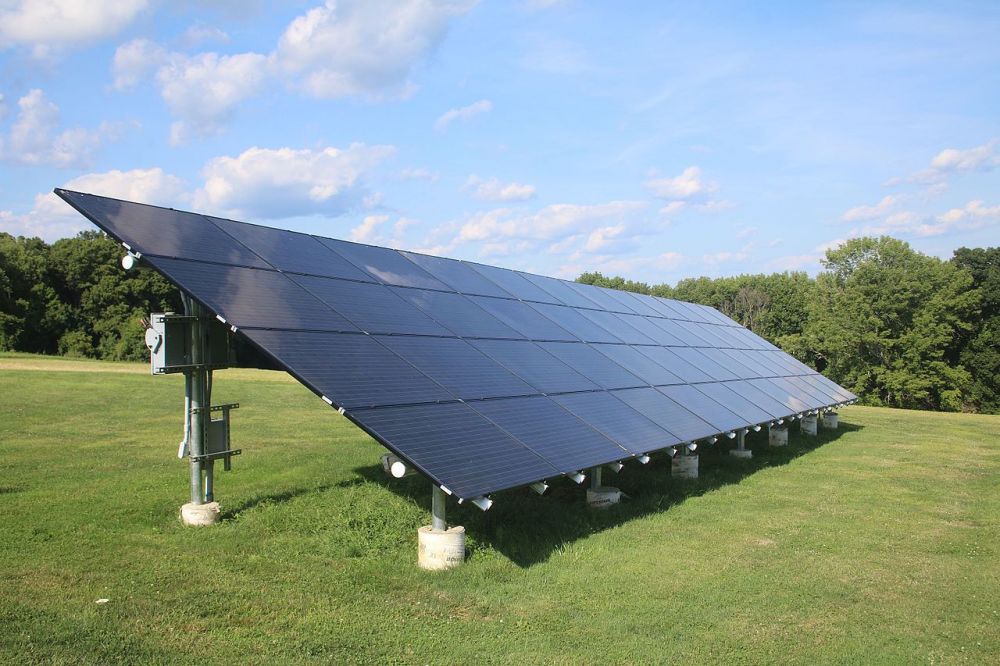Japan combines agriculture with solar power generation to revive unexploited farmland
Sustainergy, a Tokyo-based renewable-energy start-up has partnered with Hitachi Capital and manufacturer Daiwa House Industry to deploy a new ‘solar-sharing’ business model, where Japanese farmers will be encouraged to make use of unexploited farms to produce mushrooms, while solar PVs will feed the operations and sell electricity to the grid at the same time.

Sustainergy, a Tokyo-based renewable-energy start-up has partnered with Hitachi Capital and manufacturer Daiwa House Industry to deploy a new ‘solar-sharing’ business model, where Japanese farmers will be encouraged to make use of unexploited farms to produce mushrooms, while solar PVs will feed the operations and sell electricity to the grid at the same time.
The ‘solar-sharing’ business model constitutes an idea of Sustainergy, where crops that need little radiation can be yielded underneath solar photovoltaic panels, while the excessive electricity is exported to the grid, generating double income for farmers.
The venture has already launched two pilot projects- 2MW Tomei Yoshioji Solar Power in Tome City, Miyagi Prefecture and 2MW Kami Hachimando Solar Power Station in Miyagi gun, Miyagi prefecture.
The land underneath the panels is expected to yield forty tons of mushrooms annually, while the solar panels are expected to generate an income of $1.27 million (¥40 million) per year.
Currently, most cloud-ear mushrooms consumed in Japan are imported from China, so the initiative aims to push demand for the locally grown ones.
In addition, as Japan’s workforce is aging and young people are primarily seeking job opportunities in big cities, a significant amount of the country’s farmland is unused and underexploited.
The Ministry of Environment has estimated that if all the unused farmland is converted into solar power generation facilities, there is a potential for more than 70GW of solar power to be produced, supplying electricity to more than twenty million households.
In 2013, Japan’s Feed-in Tariffs became more favourable for entrepreneurs considering converting farm land to solar generation facilities, but the Ministry insisted that the land should still be used for some form of agriculture.
In both pilot projects, production of mushrooms has begun from last June, and Commercial Operations Date (COD) is scheduled for the end of September.
Hitachi Capital provided the project financing for the initiative, which is estimated to have cost $11 million.
Daiwa House Industry performed Engineering, Procurement and Construction (EPC) works and will be responsible for the Operation and Maintenance (O&M) for both sites.
If the pilot projects prove to be a successful business model, the idea will be replicated in farms all over the country, where Hitachi Capital will lease the PV panels and the equipment to farmers at no initial cost and Daiwa House will conduct the engineering work.
Power Purchase Agreements (PPAs) will be signed with Tohoku Electric Power.
Take a look at some project pictures here.




